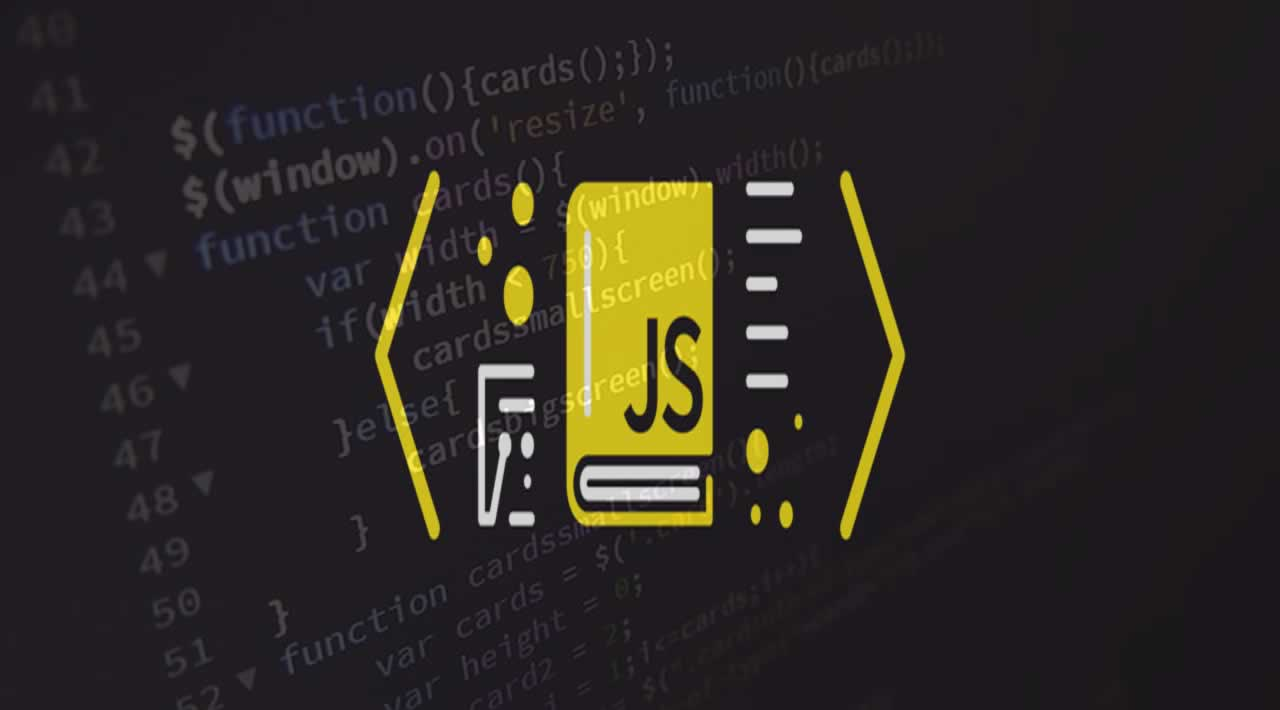We’ve landed the initial implementation of “Async Functions” in V8, the JavaScript runtime in use by the Google Chrome and Node.js. We do these things not because they are easy, but because they are hard. Because that goal will serve to organize and measure the best of our energies and skills, because that challenge is one we are willing to accept. It is very exciting to see this, roughly 2 months of implementation, codereview and standards finangling/discussion to land. It is truly an honour.
To introduce you to Async Functions, it’s first necessary to understand two things: the status quo of async programming in JavaScript, as well as Generators (previously implemented by fellow Igalian Andy).
Async programming in JavaScript has historically been implemented by callbacks. window.setTimeout(function toExecuteLaterOnceTimeHasPassed() {}, …) being the common example. Callbacks on their own are not scalable: when numerous nested asynchronous operations are needed, code becomes extremely difficult to read and reason about. Abstraction libraries have been tacked on to improve this, including caolan’s async package, or Promise libraries such as Q. These abstractions simplify control flow management and data flow management, and are a massive improvement over plain Callbacks. But we can do better! For a more detailed look at Promises, have a look at the fantastic MDN article. Some great resources on why and how callbacks can lead to utter non-scalable disaster exist too, check out http://callbackhell.com!
The second concept, Generators, allow a runtime to return from a function at an arbitrary line, and later re-enter that function at the following instruction, in order to continue execution. So right away you can imagine where this is going — we can continue execution of the same function, rather than writing a closure to continue execution in a new function. Async Functions rely on this same mechanism (and in fact, on the underlying Generators implementation), to achieve their goal, immensely simplifying non-trivial coordination of asynchronous operations.
As a simple example, lets compare the following two approaches:
function deployApplication() {
return cleanDirectory(__DEPLOYMENT_DIR__).
then(fetchNpmDependencies).
then(
deps => Promise.all(
deps.map(
dep => moveToDeploymentSite(
dep.files,
`${__DEPLOYMENT_DIR__}/deps/${dep.name}`
))).
then(() => compileSources(__SRC_DIR__,
__DEPLOYMENT_DIR__)).
then(uploadToServer);
}
The Promise boiler plate makes this preit harder to read and follow than it could be. And what happens if an error occurs? Do we want to add catch handlers to each link in the Promise chain? That will only make it even more difficult to follow, with error handling interleaved in difficult to read ways.
Lets refactor this using async functions:
async function deployApplication() {
await cleanDIrectory(__DEPLOYMENT_DIR__);
let dependencies = await fetchNpmDependencies();
// *see below*
for (let dep of dependencies) {
await moveToDeploymentSite(
dep.files,
`${__DEPLOYMENT_DIR__}/deps/${dep.name}`);
}
await compileSources(__SRC_DIR__,
__DEPLOYMENT_DIR__);
return uploadToServer();
}
You’ll notice that the “moveToDeploymentSite” step is slightly different in the async function version, in that it completes each operation in a serial pipeline, rather than completing each operation in parallel, and continuing once finished. This is an unfortunate limitation of the async function specification, which will hopefully be improved on in the future.
#uncategorized #chromium #webkit #javascript #programming
